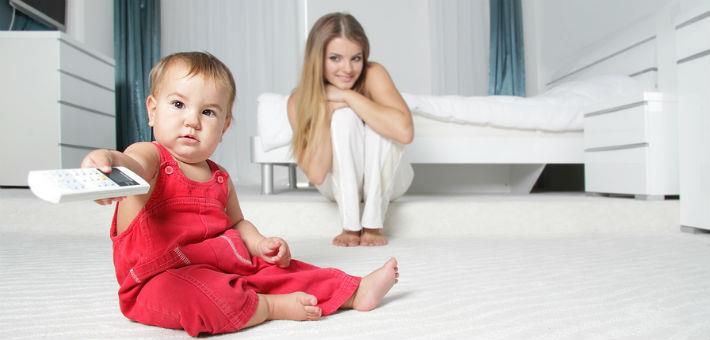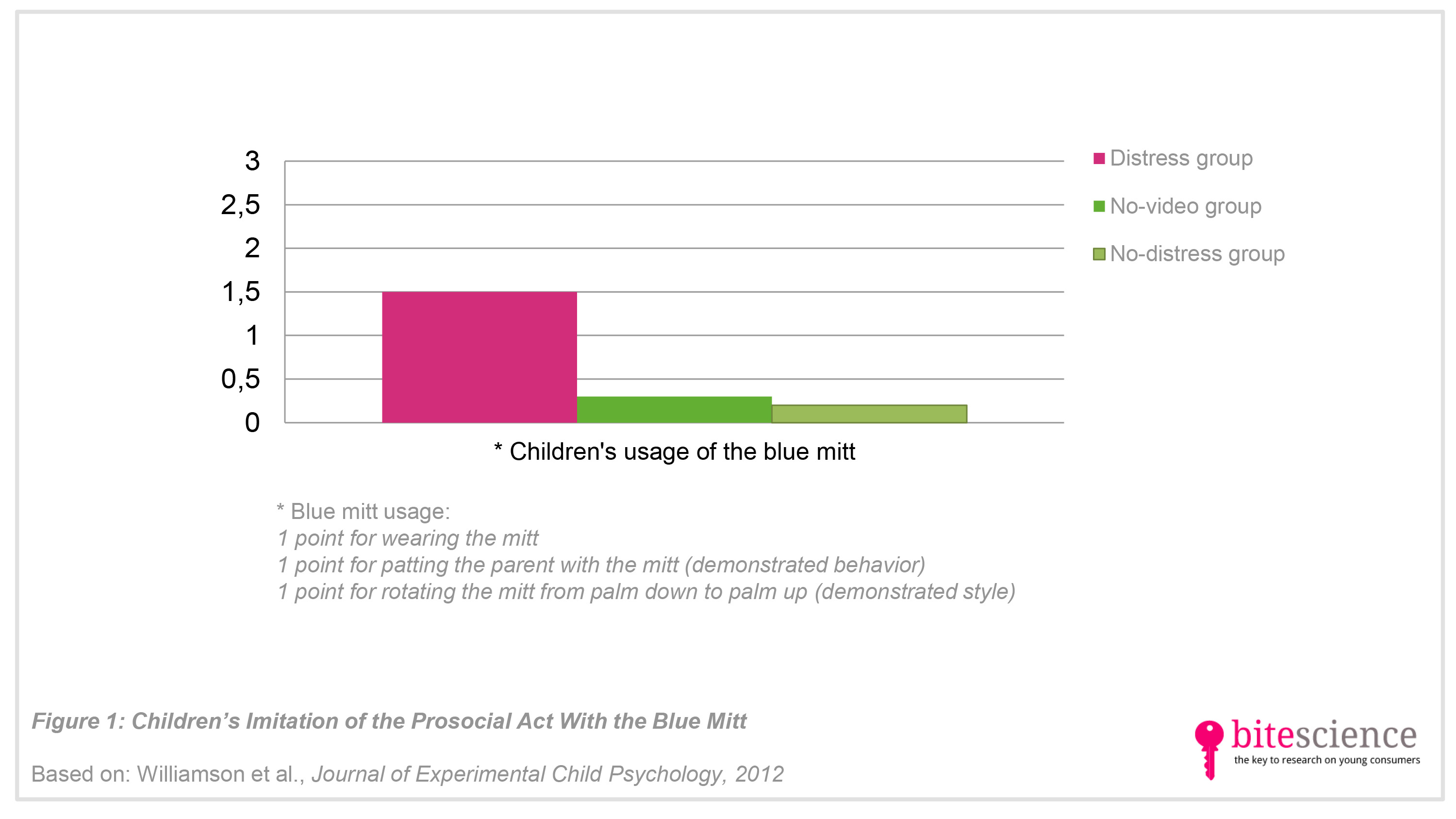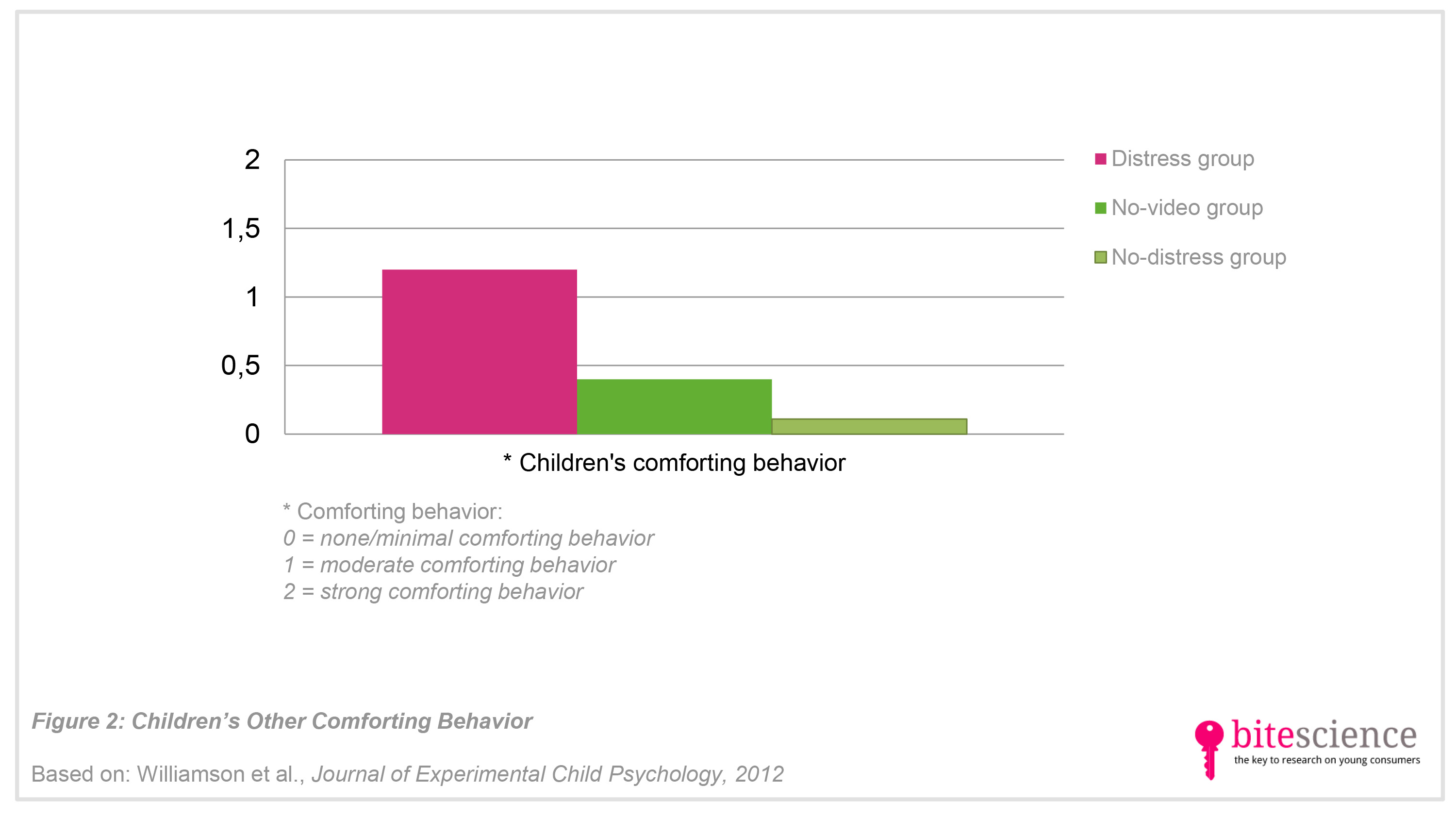
How Toddlers Learn From Prosocial Screen Media
Parents can do several things to foster prosocial behaviors in their young children. Being a positive role model is one the most successful strategies. By observing their parents, children will learn how to behave in a prosocial manner. Besides from learning from their parents, children might also learn from prosocial interactions seen in movies or on tv. A Journal of Experimental Child Psychology study indeed shows that prosocial screen media serve as an important learning environment for toddlers.
Take aways
- Toddlers are likely to imitate the behavior they see in prosocial videos (e.g., comforting another person).
- This indicates that toddlers have the ability to learn from prosocial interactions seen on screen media.
- Developers of children’s television programs and developers of prosocial behavior interventions must be aware that screen media can serve as an effective platform to increase toddlers’ prosocial behavior.
Study information
The question?
Do toddlers learn from prosocial interactions showed on videos?
Who?
30 2-year-olds (range: 28-32 months old; 67% were boys)
Where?
United States
How?
The toddlers were divided into three groups. In the distress group, children first watched a video of a prosocial interaction where they saw an adult patting another adult with a blue cleaning mitt after she bumped her knee and displayed distress (i.e., “oww! I banged my knee. It hurts. Oww”). Then the parent of the child pretended to bump his or her knee as well, in order to test whether the child would imitate the prosocial behavior seen on the video (usage of the blue mitt) or other comforting behavior. In the no-distress group, children watched the same video first, but then parents pretended their shoe slipped off instead, and they showed no distress (i.e., ‘‘Oh. I need to fix my shoe. It’s off. Oh’’). And at last, in the no-video group, children did not see the video at all, but they did witness their parent’s distress act with the knee bump.
Facts and findings
- Children who saw the video and who were exposed to their parent’s pain (the distress group) imitated the prosocial act seen on the video (i.e., usage of the blue mitt for comforting their parent) more often than those who saw the video but were not exposed to their parent’s pain (the no-distress group) or those who did not see the video at all (the no-video group) (see Figure 1).
- Children in the distress group also showed more other comforting behavior (e.g., hugging, statements of concern/affection) than those in the no-distress or no-video group (see Figure 2).
- Thus, children in the distress group showed more prosocial behavior (i.e., more likely to make the adult feel better).
- Critical note: The researchers studied only 30 2-year-olds, and the conclusions may not hold for all children of these age.

